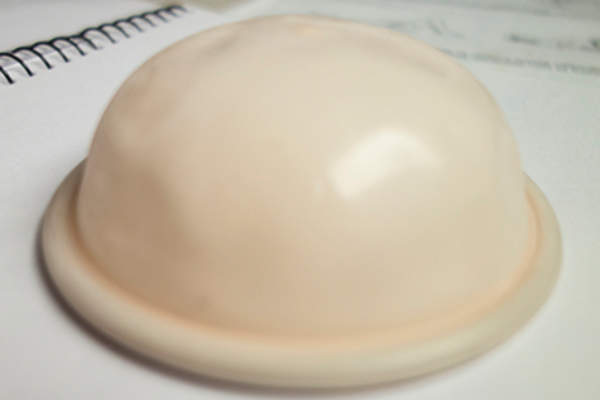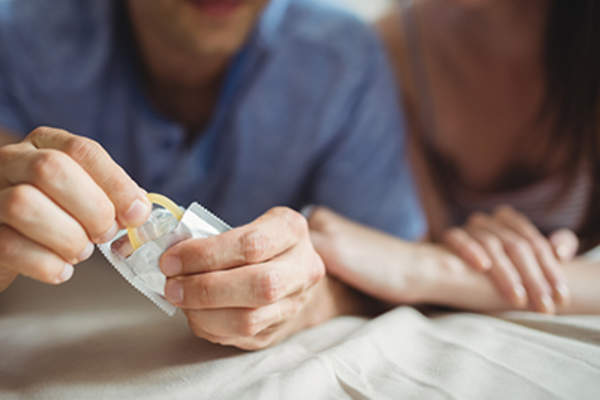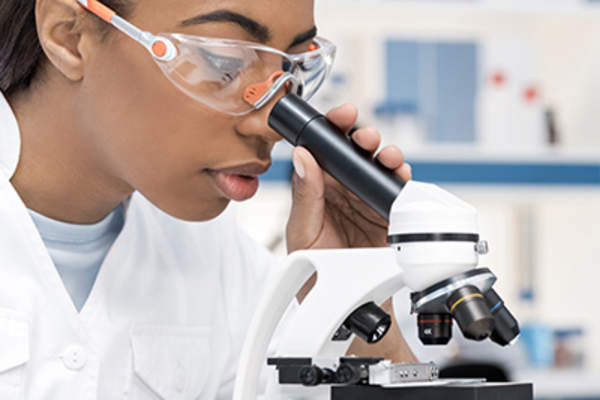The Future of Safe Sex


The future of sex for women is soon to be safer and come with more choices--which should make sex that much better for all parties involved. The key is something called Multipurpose Prevention Technologies, or simply MPTs.

What are MPTs?
Multipurpose prevention technologies (MPTs) can come in the form of gels, vaginal rings, or any type of barrier device that prevents both diseases and pregnancy at the same time. Using these technologies would allow women to take control of their reproductive health, from being in charge of if and when they get pregnant to preventing sexually transmitted diseases and infections (STDs or STIs).

How MPTs could work
MPTs could be used in three ways. One approach would be to combine STI/STD prevention and contraceptive technology through a shot or pill. A second way would be to combine tried and tested contraceptives such as the ring with a gel that prevents STDs/STIs. A third way would be to simply co-administer contraceptives like The Pill with medications that help prevent STDs/STIs.

MPTs vs condoms
The male condom is still widely used to protect against pregnancy, diseases and infections, but there remain men who refuse to wear them or try to talk a partner out of using them.The conversations and issues that arise are complicated. Although most contraceptives like The Pill prevent pregnancy, MPTs can provide a way for women to be in control of both pregnancy and their overall health.

MPTs in development
MPTs are still in the early stages of development, so it's not clear when they will hit the market. These technologies are being developed with the women who need them most in mind, so they will probably first go to women in developing countries or countries where there is a high rate of unintended pregnancy, as well as STDs and STIs.

What's the cost?
Cost can be a major barrier for women who need reliable contraception. In the US, for instance, it still can be difficult for some women toaccess affordable birth control. Because MPTs are being created with women in developing countries in mind, the goal is to keep the technologies cost-effective and accessible to those who need them.

MPTs and social change
In places where sex education is not readily available, MPTs could empower women to take control of their bodies. If women are able to take advantage of this technology,more would be free to participate in education and society, creating potential for social change in developing countries.

What are the challenges?
Challenges may arise in making MPTs more widely used by women. The researchers behind MPTs are working with local and international health organizations on how best to market them to both the communities that need them most and those that will get them later.

MPTs are spurring treatments for other diseases
With diseases and infections affecting more than one part of the body, MPTs have spurred the development of long-acting drug delivery devices that can administer multiple drugs at once. Such technologies could also serve to fight diseases, such as diabetes, without requiring the patient to be intensely focused on his or her condition.
